The Noble Eightfold Path
Way to the End of Suffering
Bhikkhu Bodhi
BPS PARIYATTI EDITIONS  ONALASKA, WA USA
ONALASKA, WA USA
BPS PARIYATTI EDITIONS
AN IMPRINT OF
PARIYATTI PUBLISHING
867 Larmon Road
Onalaska, WA 98570, USA
www.pariyatti.org
1984, 1994 Buddhist Publication Society
All rights reserved. No part of this book may be used or reproduced in any manner whatsoever without the written permission of BPS Pariyatti Editions, except in the case of brief quotations embodied in critical articles and reviews.
Published with the consent of the original publisher.
Copies of this book for sale in the Americas only.
First BPS Pariyatti Edition, 2000
Third printing 2008
ePub-2010
Print ISBN: 978-1-928706-07-6
PDF ISBN: 978-1-928706-82-3
ePub ISBN: 978-1-928706-81-6
Library of Congress Cataloging-in-Publication Data
Bodhi, Bhikkhu.
The noble eightfold path : way to the end of suffering / Bhikkhu Bodhi. p. cm.
Includes bibliographical references.
ISBN 1-928706-07-X (pbk.)
1. Buddhism.
BQ4320 .B63 2000
4.3444--dc21
00-057182
Printed in China on woodfree paper.
ABOUT THE AUTHOR
Bhikkhu Bodhi is an American Buddhist monk, born and raised in New York City. Ordained as a monk in Sri Lanka in 1972, he lived in Sri Lanka for over twenty years, where he was president and editor of the Buddhist Publication Society. He now resides at Bodhi Monastery in rural New Jersey. He is the co-translator of The Middle Length Discourses of the Buddha (Majjhima Nikya) and translator of The Connected Discourses of the Buddha (Samyutta Nikya). His most recent work is In the Buddhas Words.
PREFACE
The essence of the Buddhas teaching can be summed up in two principles: the Four Noble Truths and the Noble Eightfold Path. The first covers the side of doctrine, and the primary response it elicits is understanding; the second covers the side of discipline, in the broadest sense of that word, and the primary response it calls for is practice. In the structure of the teaching these two principles lock together into an indivisible unity called the dhamma-vinaya, the doctrine-and-discipline, or, in brief, the Dhamma. The internal unity of the Dhamma is guaranteed by the fact that the last of the Four Noble Truths, the truth of the way, is the Noble Eightfold Path, while the first factor of the Noble Eightfold Path, right view, is the understanding of the Four Noble Truths. Thus the two principles penetrate and include one another, the formula of the Four Noble Truths containing the Eightfold Path and the Noble Eightfold Path containing the Four Truths.
Given this integral unity, it would be pointless to pose the question which of the two aspects of the Dhamma has greater value, the doctrine or the path. But if we did risk the pointless by asking that question, the answer would have to be the path. The path claims primacy because it is precisely this that brings the teaching to life. The path translates the Dhamma from a collection of abstract formulas into a continually unfolding disclosure of truth. It gives an outlet from the problem of suffering with which the teaching starts. And it makes the teachings goal, liberation from suffering, accessible to us in our own experience, where alone it takes on authentic meaning.
To follow the Noble Eightfold Path is a matter of practice rather than intellectual knowledge, but to apply the path correctly it has to be properly understood. In fact, right understanding of the path is itself a part of the practice. It is a facet of right view, the first path factor, the forerunner and guide for the rest of the path. Thus, though initial enthusiasm might suggest that the task of intellectual comprehension may be shelved as a bothersome distraction, mature consideration reveals it to be quite essential to ultimate success in the practice.
The present book aims at contributing towards a proper understanding of the Noble Eightfold Path by investigating its eight factors and their components to determine exactly what they involve. I have attempted to be concise, using as the framework for exposition the Buddhas own words in explanation of the path factors, as found in the Sutta Piaka of the Pli Canon. To assist the reader with limited access to primary sources even in translation, I have tried to confine my selection of quotations as much as possible (but not completely) to those found in Venerable Nyanatilokas classic anthology, The Word of the Buddha. In some cases passages taken from that work have been slightly modified, to accord with my own preferred renderings. For further amplification of meaning I have sometimes drawn upon the commentaries; especially in my accounts of concentration and wisdom (Chapters VII and VIII) I have relied heavily on the Visuddhimagga (The Path of Purification), a vast encyclopedic work which systematizes the practice of the path in a detailed and comprehensive manner. Limitations of space prevent an exhaustive treatment of each factor. To compensate for this deficiency I have included a list of recommended readings at the end, which the reader may consult for more detailed explanations of individual path factors. For full commitment to the practice of the path, however, especially in its advanced stages of concentration and insight, it will be extremely helpful to have contact with a properly qualified teacher.
BHIKKHU BODHI
ABBREVIATIONS
Textual references have been abbreviated as follows:
DN | = | Dgha Nikya (number of sutta) |
MN | = | Majjhima Nikya (number of sutta) |
SN | = | Sayutta Nikya (chapter and number
of sutta) |
AN | = | Aguttara Nikya (numerical collection
and number of sutta) |
Dhp | = | Dhammapada (verse) |
Vism | = | Visuddhimagga |
References to Vism. are to the chapter and section number of the translation by Bhikkhu amoli, The Path of Purification (BPS ed. 1975, 1991, 1999; BPE ed. 1999).
I
THE WAY TO THE END
OF SUFFERING
The search for a spiritual path is born out of suffering. It does not start with lights and ecstasy, but with the hard tacks of pain, disappointment, and confusion. However, for suffering to give birth to a genuine spiritual search, it must amount to more than something passively received from without. It has to trigger an inner realization, a perception which pierces through the facile complacency of our usual encounter with the world to glimpse the insecurity perpetually gaping underfoot. When this insight dawns, even if only momentarily, it can precipitate a profound personal crisis. It overturns accustomed goals and values, mocks our routine preoccupations, leaves old enjoyments stubbornly unsatisfying.

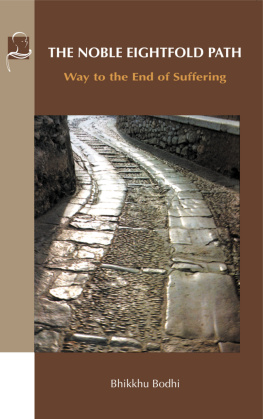


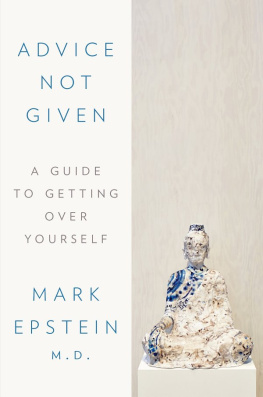

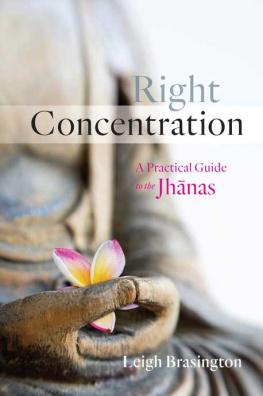

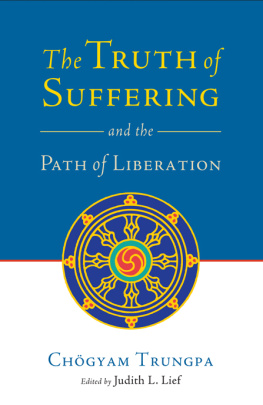
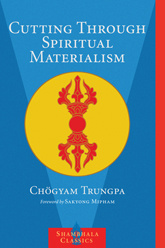

 ONALASKA, WA USA
ONALASKA, WA USA